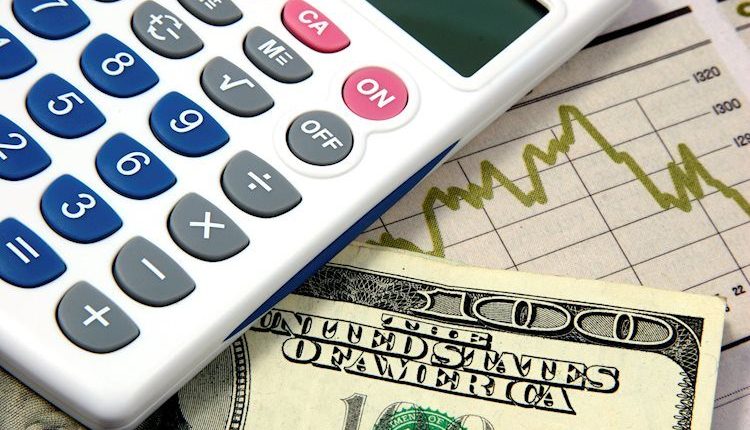- The US Dollar Index soars above 106.50 on Monday.
- DXY surges higher driven by Trump’s warnings on tariffs against BRICS nations
- Strong November ISM manufacturing PMI helps the USD.
The US Dollar Index (DXY), which measures the value of the USD against a basket of currencies, has surged above the 106.50 level on Monday, the first trading session in December. This move higher has been driven by several factors, including news that US President-elect Donald Trump favors imposing tariffs on goods from Brazil, Russia, India, China and South Africa and other nations interested in joining a future BRICS currency. Strong PMI data from November from the ISM has also helped the DXY get a boost.
Daily digest market movers: US Dollar gains nearly 1% at the start of the week
- News of Donald Trump planning to impose tariffs on countries who intend to join the BRICS currency has strengthened the US Dollar.
- On the data front, the ISM Manufacturing Purchasing Managers Index (PMI) increased to 48.4 in November, signifying a milder rate of contraction in the US manufacturing sector compared to October’s value of 46.5.
- The Employment Index within the PMI survey rose to 48.1 in November from 44.4 in October, indicating an improvement in job creation within the manufacturing sector.
DXY technical outlook: Upward trajectory likely to continue with resistance at 108.00
Technical indicators, including the Relative Strength Index (RSI) and Moving Average Convergence Divergence (MACD), are signalling that the recent period of consolidation for the Greenback may be coming to an end.
In that sense, the 108.00 level could be re-tested. In addition, the recovery of the 20-day Simple Moving Average (SMA) has improved the short- term outlook.
Risk sentiment FAQs
In the world of financial jargon the two widely used terms “risk-on” and “risk off” refer to the level of risk that investors are willing to stomach during the period referenced. In a “risk-on” market, investors are optimistic about the future and more willing to buy risky assets. In a “risk-off” market investors start to ‘play it safe’ because they are worried about the future, and therefore buy less risky assets that are more certain of bringing a return, even if it is relatively modest.
Typically, during periods of “risk-on”, stock markets will rise, most commodities – except Gold – will also gain in value, since they benefit from a positive growth outlook. The currencies of nations that are heavy commodity exporters strengthen because of increased demand, and Cryptocurrencies rise. In a “risk-off” market, Bonds go up – especially major government Bonds – Gold shines, and safe-haven currencies such as the Japanese Yen, Swiss Franc and US Dollar all benefit.
The Australian Dollar (AUD), the Canadian Dollar (CAD), the New Zealand Dollar (NZD) and minor FX like the Ruble (RUB) and the South African Rand (ZAR), all tend to rise in markets that are “risk-on”. This is because the economies of these currencies are heavily reliant on commodity exports for growth, and commodities tend to rise in price during risk-on periods. This is because investors foresee greater demand for raw materials in the future due to heightened economic activity.
The major currencies that tend to rise during periods of “risk-off” are the US Dollar (USD), the Japanese Yen (JPY) and the Swiss Franc (CHF). The US Dollar, because it is the world’s reserve currency, and because in times of crisis investors buy US government debt, which is seen as safe because the largest economy in the world is unlikely to default. The Yen, from increased demand for Japanese government bonds, because a high proportion are held by domestic investors who are unlikely to dump them – even in a crisis. The Swiss Franc, because strict Swiss banking laws offer investors enhanced capital protection.
Read the full article here

